For the Red Dao people, paper is often used in spiritual activities, on occasions of praying for peace, festivals, and Tet. Paper is light yellow, tough and durable, often used to cut paper money, to write petitions in ceremonies, especially the coming-of-age ceremony, funerals, etc., used to bind books to write Chinese characters, because the paper is tough and absorbs ink so the writing never fades.
Ms. Hoang Mui Lai, Lung Ot hamlet, Ca Thanh commune, who is still doing the job, shared: The craft of making paper is highly respected by our people, almost all year round, especially during the off-season and Tet holiday because of high demand. The paper we make when burned (burning votive paper) has much less ash than regular votive paper. With manual production methods and no chemicals used, paper is environmentally friendly, does not harm the health of users, so the products are widely consumed in the province. To make quality paper, many elaborate manual steps must be carried out and no chemicals of any kind are used. The raw materials to make paper are completely natural, including young bamboo, tree trunks (Dao Do language), lime and water. According to experience, from the 3rd to 4th lunar month is the time when people stock up on raw materials, ensuring 1 year of production, because if made from old bamboo, the quality of the paper will not be guaranteed.

Normally, young bamboo is cut into pieces about 1 meter long, split into 4 pieces, then tied together and soaked in lime water. The bamboo must be soaked in lime water for at least 2 months before being taken out and soaked in clean water for another 2 months until it becomes soft. After that, the bamboo is taken out, crushed, squeezed out, put into a pounding machine and placed in a tank containing the dissolved bamboo water. The bamboo water is stirred with the bamboo powder to create a light yellow, shimmering solution. Use a cloth-coated paper mold to dip into the tank, shake vigorously so that the solution spreads evenly on the mold to form thin strips of paper. Like that, layer by layer, manually press to drain the water, then bring out to dry in a cool, airy place. To have square sheets of paper, the paper must be arranged into stacks of about 15 - 20 sheets, 25 x 80 cm wide. The paper produced must be thin, smooth, tough and have a characteristic light yellow color. When held under sunlight, the silk fibers can be clearly seen and the light fragrance of the forest can be felt, a unique feature that no other industrial paper has.
Mr. Hoang Chan Kinh, Head of Lung Ot Hamlet, Ca Thanh Commune, said: Lung Ot Hamlet has 43 households, of which 25 households still maintain the traditional craft of making paper. While in the lowlands, the demand for paper is no longer popular, in Cao Bang - home to many ethnic groups such as Tay, Nung, Mong, Dao..., paper still plays an important role in cultural and religious life. Therefore, people in the hamlet always maintain the craft of making paper with a high sense of responsibility, working day and night to create the best quality products. Paper that does not meet the requirements will not be brought to the market, because that not only affects personal reputation but also damages the general image of the whole community. This is a testament to the respect for traditional cultural values and solidarity of the Dao people, where each product carries national pride and respect for the heritage left by their ancestors. Thanks to preserving and developing traditional crafts, many households in the village have a stable income of 10 - 20 million VND/year, contributing to improving their lives and developing the economy from their own labor.
Currently, the craft of making paper is still passed down by the Dao community, but the number of people who know and are still attached to the craft is not much. To preserve and develop this traditional craft, local authorities need to have specific solutions such as linking the craft with tourism development, expanding the consumer market, creating stable output for the products. This is not only a sustainable economic direction but also contributes to preserving the precious cultural values of the nation.
Source: https://baocaobang.vn/nghe-lam-giay-ban-truyen-thong-cua-nguoi-dao-do-3180869.html








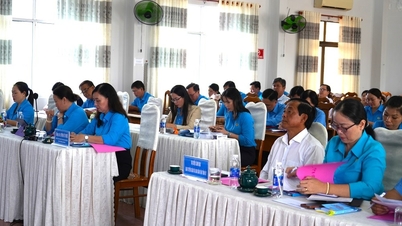



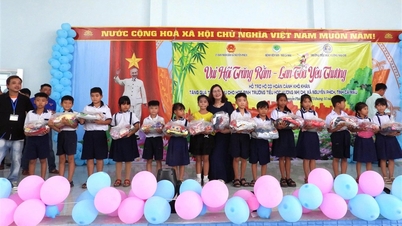

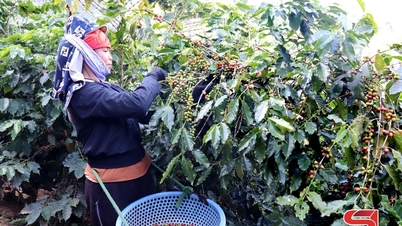

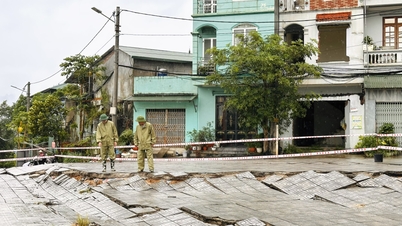






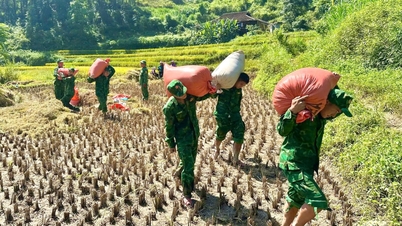
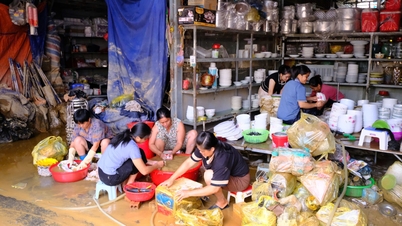
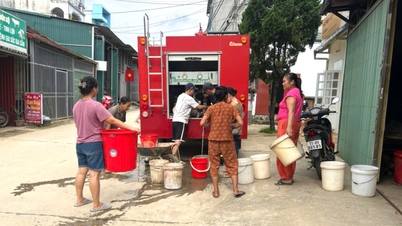
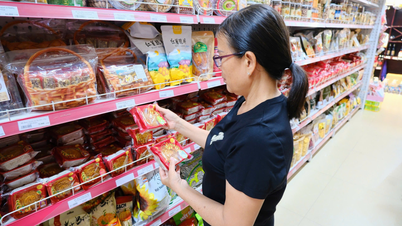
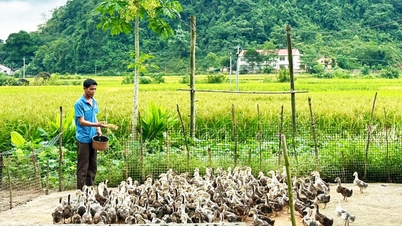
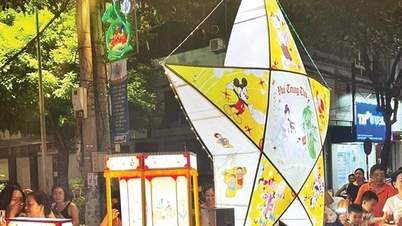









































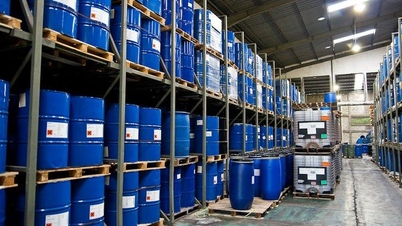

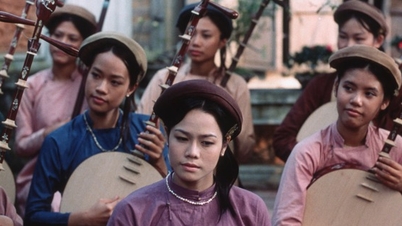


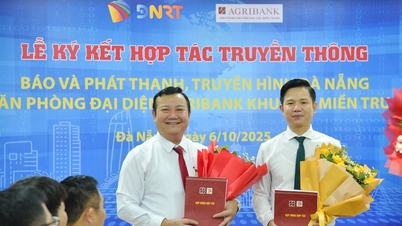

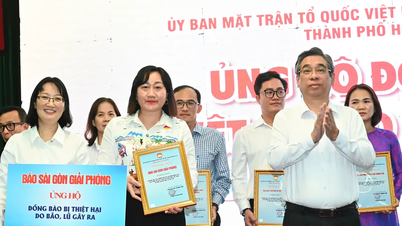

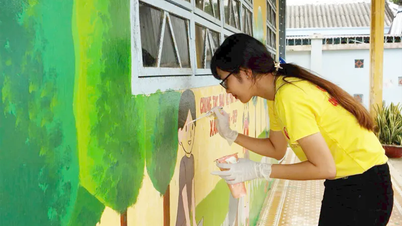

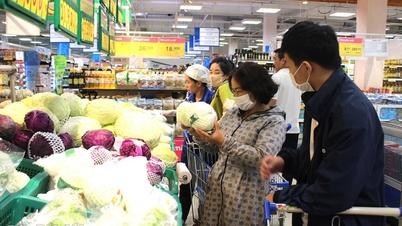



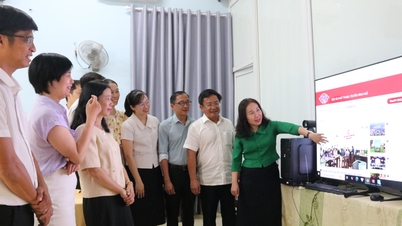













Comment (0)